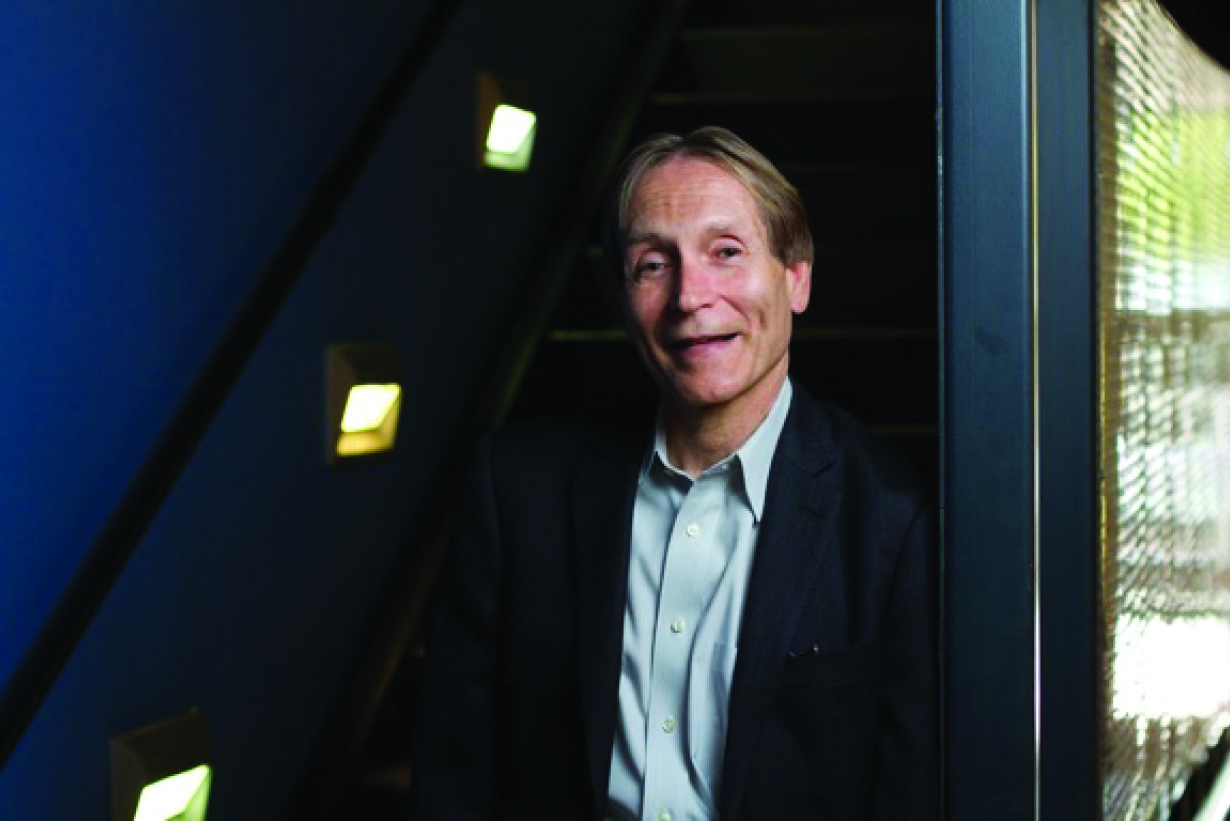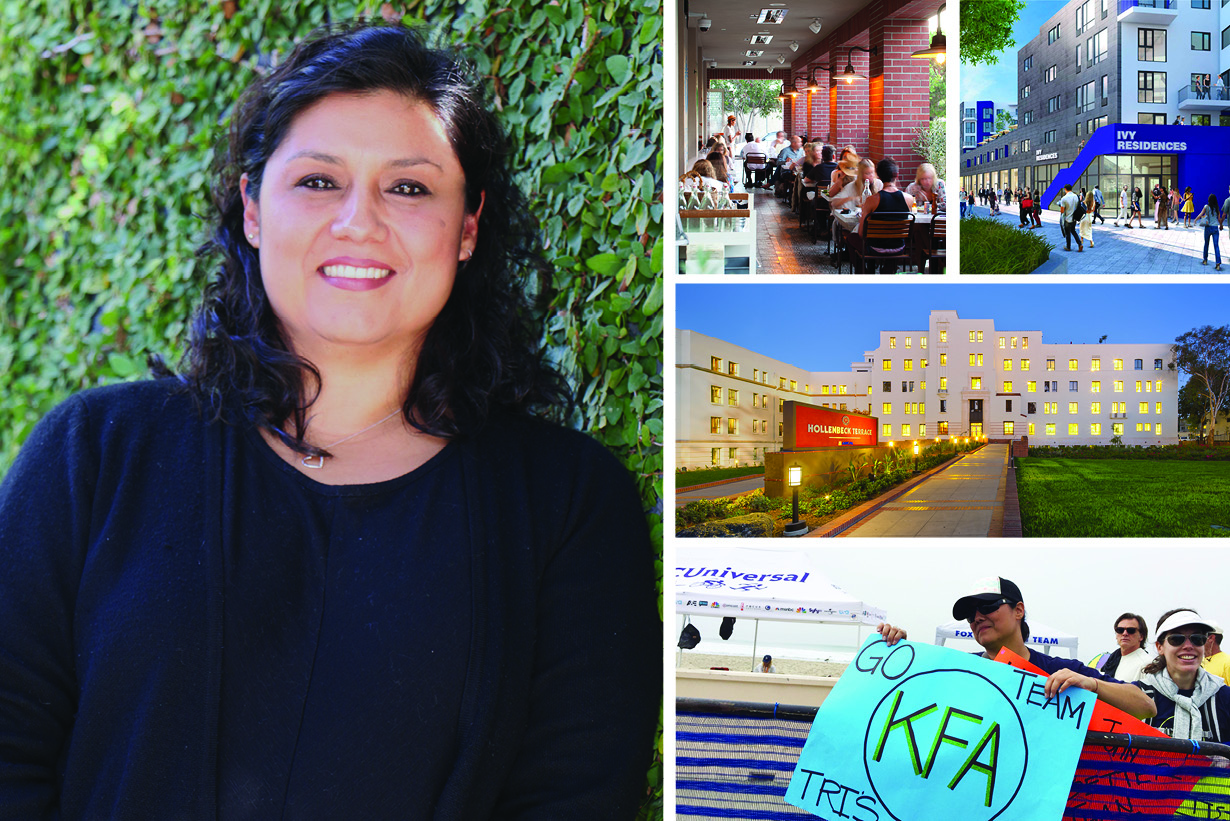Q&A WITH SOL BLUMENFELD, COMMUNITY DEVELOPMENT DIRECTOR, CITY OF CULVER CITY
Construction is about to begin on Ivy Station, a state-of-the-art transit-oriented development (TOD), brought to fruition by KFA, that will surround the Culver City Station on Los Angeles’ Metro Expo Line, located at the intersections of Venice, Washington and National Boulevards in Culver City. KFA Partner Jonathan Watts, AIA, who also serves as Chair of the Urban Land Institute’s Building Healthy Places Initiative, interviews Culver City’s Sol Blumenfeld to answer our questions about this unique project, developed by Lowe Enterprises in partnership with AECOM Capital, that has attracted interest nationwide.
Q: Briefly, how would you describe Ivy Station?
A: Ivy station is a model TOD designed to enhance the life of the surrounding community. Its several elements will include an open-air plaza and lawn for community gatherings and events, a boutique hotel, residential units, office space, and curated retail and restaurant space.
Q: What was the origin of the Ivy Station development?
A: More than 16 years ago, Culver City’s City Council had the vision to create a transit-oriented development district around the planned terminus of the Los Angeles Metro’s new Expo Line Phase at the Culver City station. Over time, the city assembled the land needed, and persevered with its vision through the recession, and beyond.
Q: What distinguishes Ivy Station?
A: Ivy Station is unlike any other TOD district in the region, not only because of its expansive scope and ambitious design, but also for its proximity to the raised station. No other TOD projects of its size have been built directly adjacent to the train station, woven in as part of the transportation hub instead of being separated by a road or other barrier.
Q: What transit options will Ivy Station provide?
A: Ivy Station will be a multi-modal transit hub offering the train station as well as alternatives that include 21 bus lines, ample underground parking for visitors and Metro riders arriving by car and bike, all right next to the Metro Expo Line’s Culver City Station.
Q: What are the elements of Ivy Station?
A: Ivy Station will incorporate a high-end boutique hotel with rooftop pool, a large, divisible ballroom, and an outdoor courtyard; a five- to six-story, residential building; and a five-story office building, designed by Ehrlich Architects to qualify for LEED Gold certification. Ground-floor retail and restaurant spaces will surround the edge of the great lawn and public plaza. The lawn and plaza will accommodate daytime and evening special events, such as concerts, movie nights, wine and cheese festivals, holiday craft fairs and seasonal activities.
Q: What is the importance of Ivy Station for Culver City?
A: It took years of painstaking effort to ensure that Ivy Station meets every one of Culver City’s objectives. In addition to facilitating transportation to our entire region, it will provide a vibrant center for people to meet, shop, dine and socialize. Ivy Station will raise property values in its neighborhood and be a tremendous asset to the surrounding community, as well as support neighboring Culver City business districts like the Hayden Tract.
Q: How does a project like Ivy Station build community?
A: Ivy Station is an example of a “traditionally located community” or TLC, representing a new wave in today’s transit-oriented development that emphasizes the quality, or feeling, of community that develops around transportation options. Designing this kind of TOD means creating the kind of places people want to be. TLC/TOD encourages walking, and that results in human interactions that enhance life for everyone. When people have improved access to their job locations and don’t need to rely on driving, it improves the quality of their own health as well as the health of the environment. These are the values of more old-fashioned, traditional communities, villages and towns that generally offer transportation, services and amenities at a walkable human scale. Culver City is an ideal location for a TLC, as a small city with a recently revitalized urban core that preserves the character of the city’s residential neighborhoods.
Q: Can you tell us a little more about the design process for Ivy Station?
A: Ivy Station was a rare opportunity to demonstrate that urban infill is essential to smart growth. There are the limitless possibilities inherent in such a large, multifaceted, project that revitalizes a formerly dilapidated Culver City industrial zone. We wanted the design for Ivy Station to focus on the careful crafting of the space between the buildings that will serve as lively paseos, or walk streets, with a strong sense of playfulness. In addition to the placement of buildings, we wanted to incorporate exciting forms that give Ivy Station a strong sense of place.
Q: How does Ivy Station look to the future of Los Angeles?
A: Today, we’re witnessing sweeping generational changes and their impact. Millennials are economically conservative and sensitive to environmental concerns, and their values are influencing public transit and transit-oriented development. They are used to alternative styles of living and the “sharing economy,” including transportation. Unlike earlier generations, they are not as interested in owning cars. This demographic and the generation after it will embrace walkable, urban, transit-oriented developments. Think of Los Angeles Mayor Eric Garcetti’s “Great Streets” initiative, which describes streets that “activate public spaces, provide economic revitalization, increase public safety, enhance local culture, and support great neighborhoods. By reimagining our streets, we can create places for Angelenos to come together, whether they travel by car, transit, bike or on foot.”

